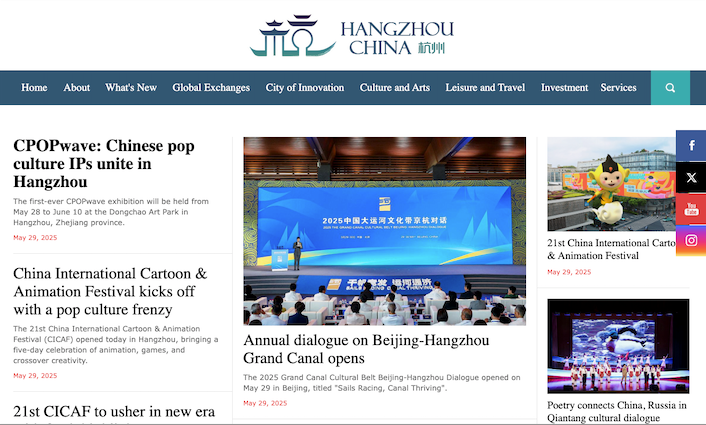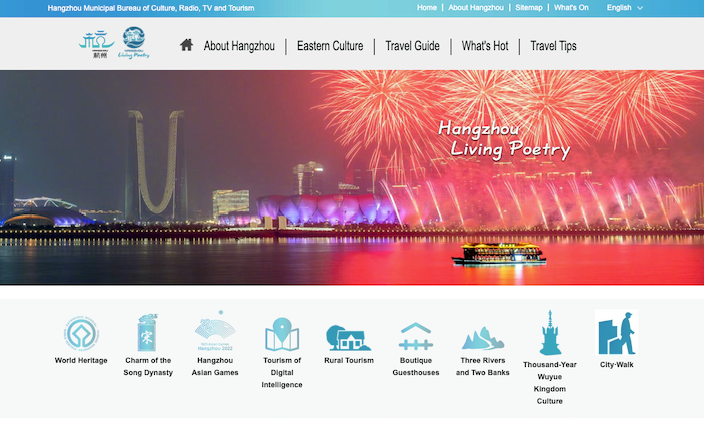1. Historical & Cultural Significance
Lingyin Temple (Língyǐn Sì 灵隐寺), meaning "Temple of the Soul’s Retreat," was established in 326 AD by Indian monk Huili during the Eastern Jin Dynasty. Legend claims Huili saw Feilai Peak and exclaimed it resembled India’s Vulture Peak (Grdhrakuta), thus naming it "Peak That Flew Here" (Feilai Feng 飞来峰). The temple became a spiritual hub under Emperor Liangwu’s patronage and flourished during the Wuyue Kingdom (907–978 AD), housing 3,000 monks and 1,300 rooms.
Designated a National Key Cultural Heritage Site, it’s famed for:
- Zen Buddhism Legacy: Ranked among China’s "Top Ten Zen Temples."
- Imperial Connections: Renamed Yunlin Temple by Emperor Kangxi (1689 AD) after mistaking its misty forests for "clouds and woods".
2. Architectural & Artistic Highlights
- Grand Hall (Daxiong Baodian):
- Houses a 24.8-meter gilded camphorwood statue of Sakyamuni Buddha, crafted in 1953 to replace the collapsed Tang-era original.
- Flanked by 20 Heavenly Kings and 12 Enlightened Disciples.
- Feilai Peak Grottoes: 345+ ancient rock carvings (10th–14th century), including rare Yuan Dynasty Tibetan Buddhist statues.
- Hall of Ji Gong: Honors the eccentric "Mad Monk" Daoji, a folk hero worshipped for his miracles.
3. Visitor Experience
- Activities:
- Meditate in bamboo groves or explore Feilai Peak’s caves.
- Attend dawn chanting ceremonies or tea rituals at nearby Longjing Village.
- Practical Info:
- Hours: 7:00 AM–6:15 PM (last entry 5:30 PM).
- Ticket: ¥45 (covers temple + Feilai Peak).
- Transport: Bus 7/807 to Lingyin Station.
4. Conservation & Global Influence
After surviving 12+ destructions (fires, wars), the temple was restored in 1953 with Premier Zhou Enlai’s support. Today, it attracts 3 million+ visitors annually, including pilgrims during Chinese New Year (70,000/day). Its UNESCO-listed Feilai Peak carvings inspired Buddhist art across Asia.




